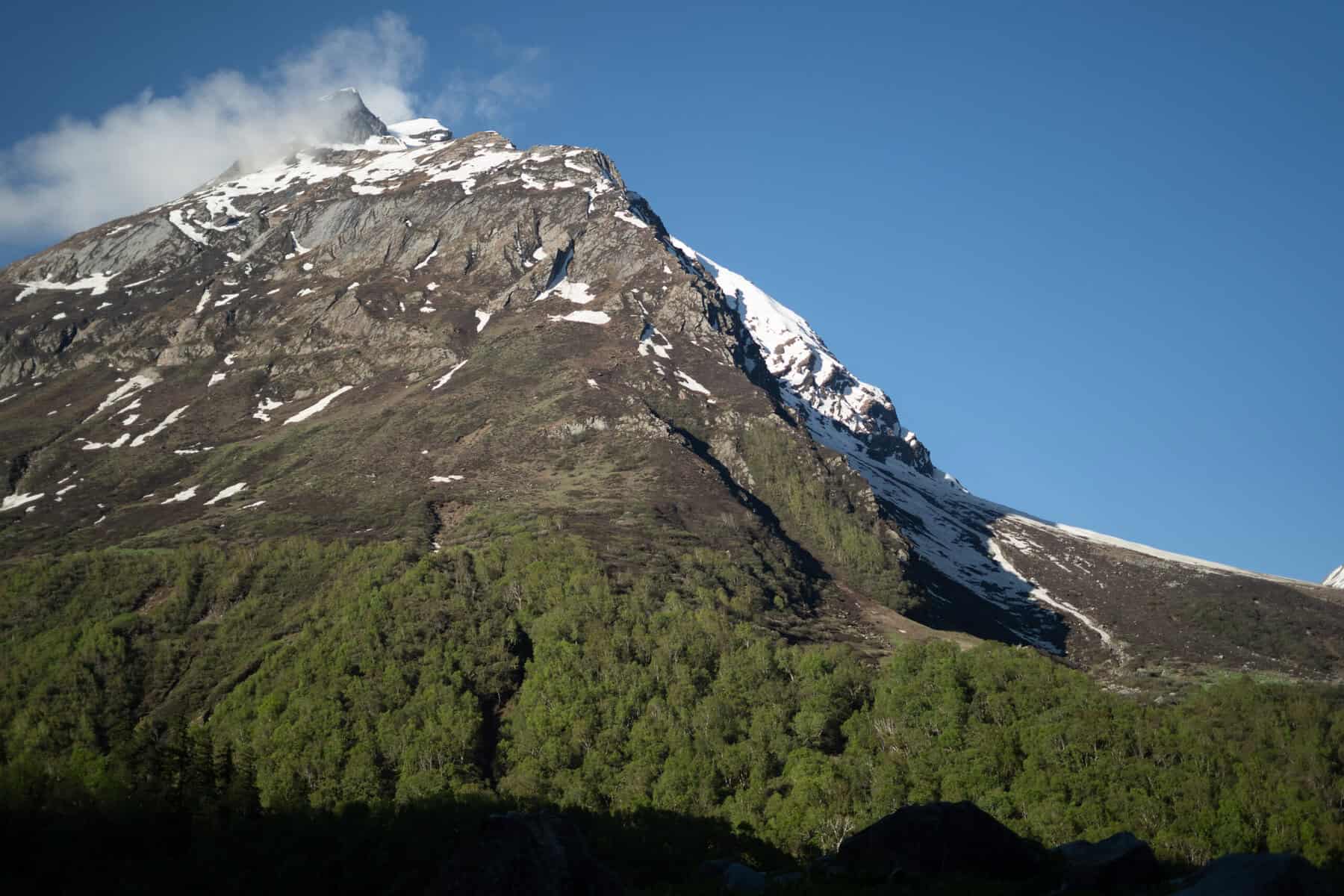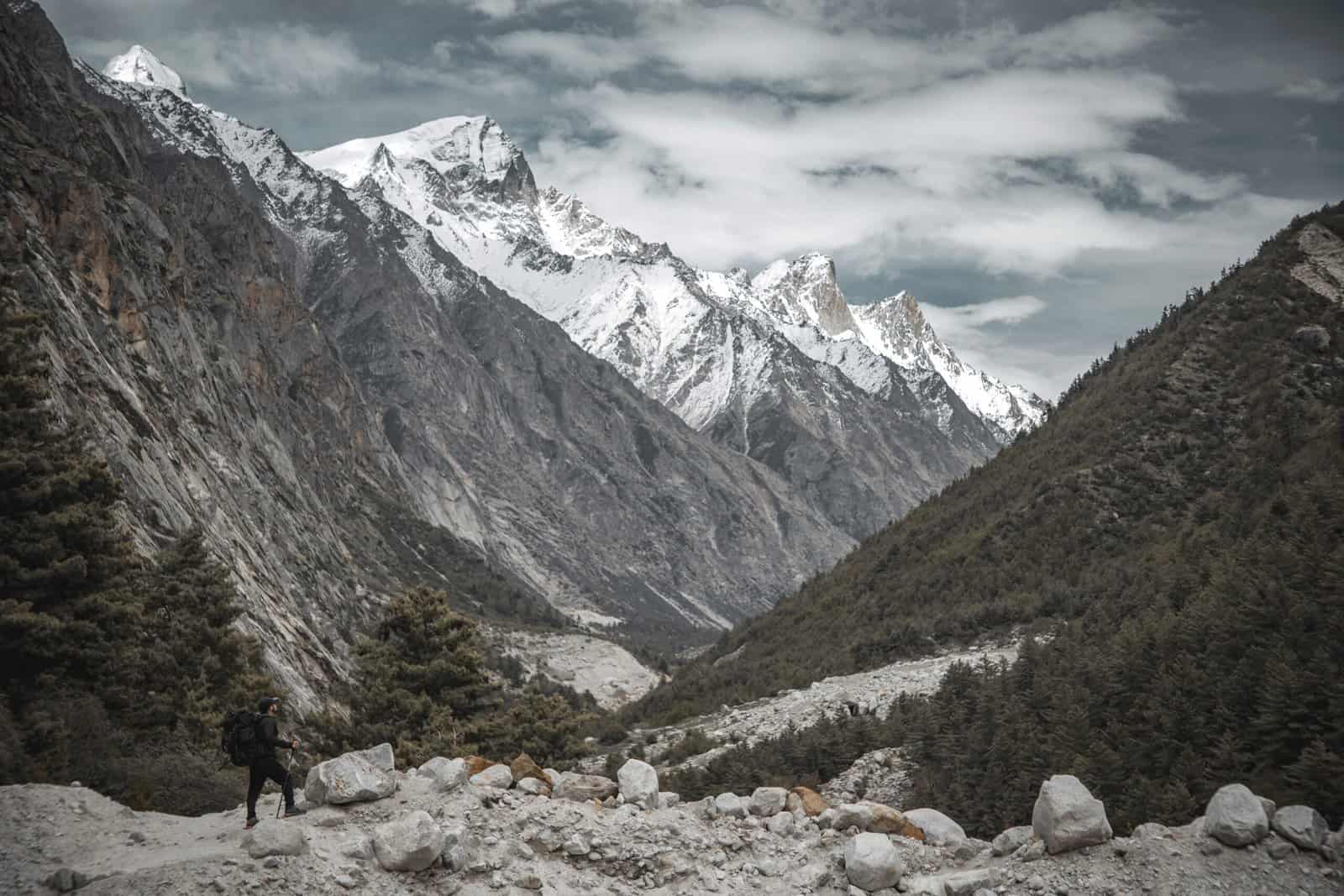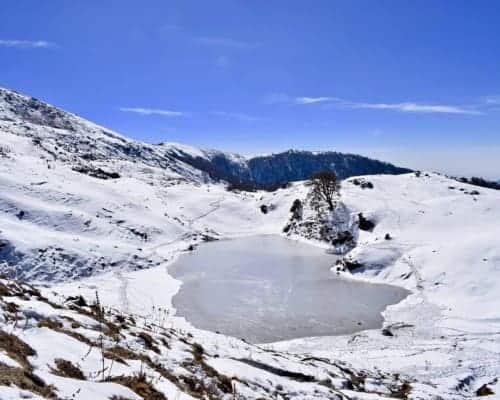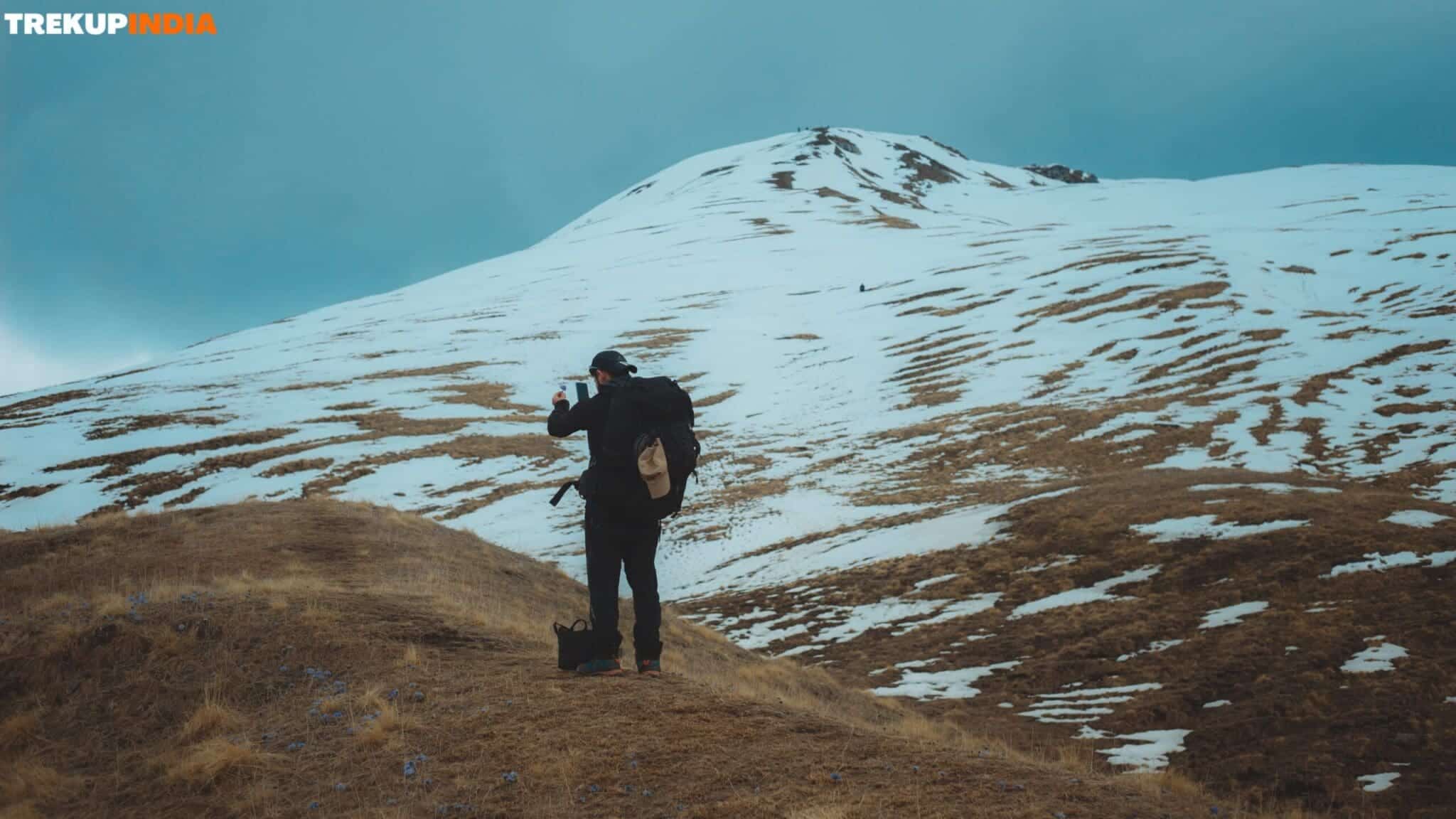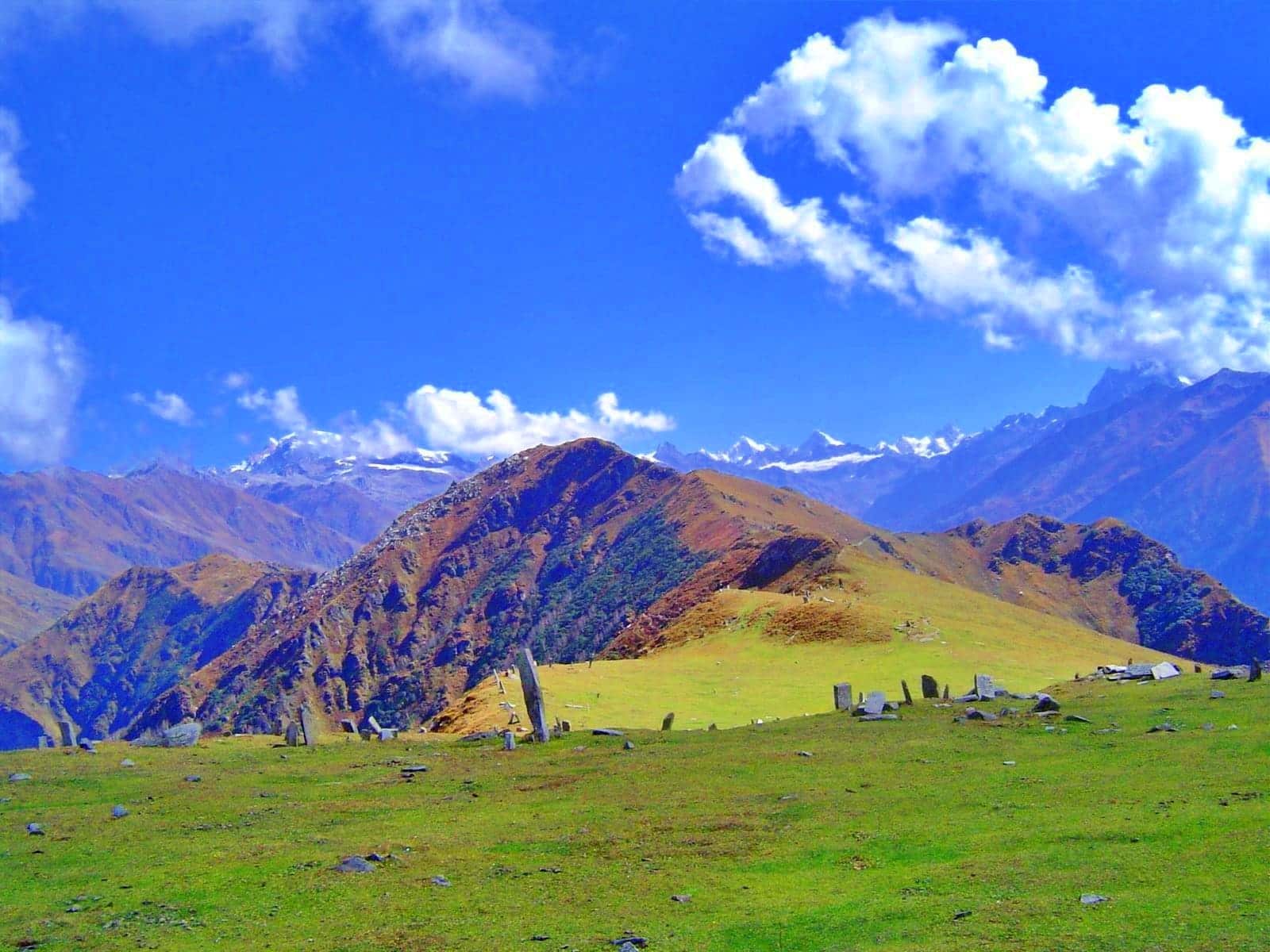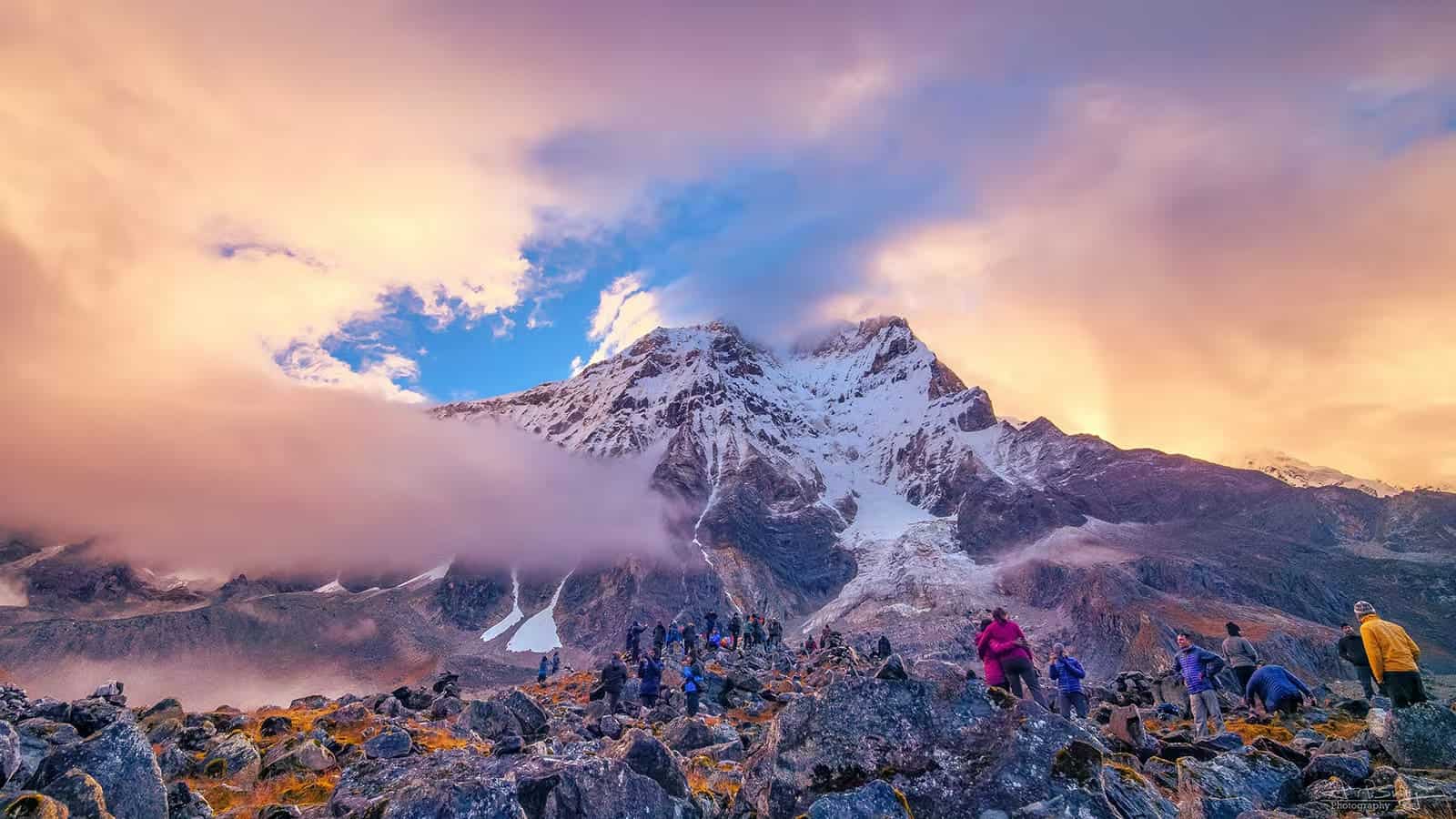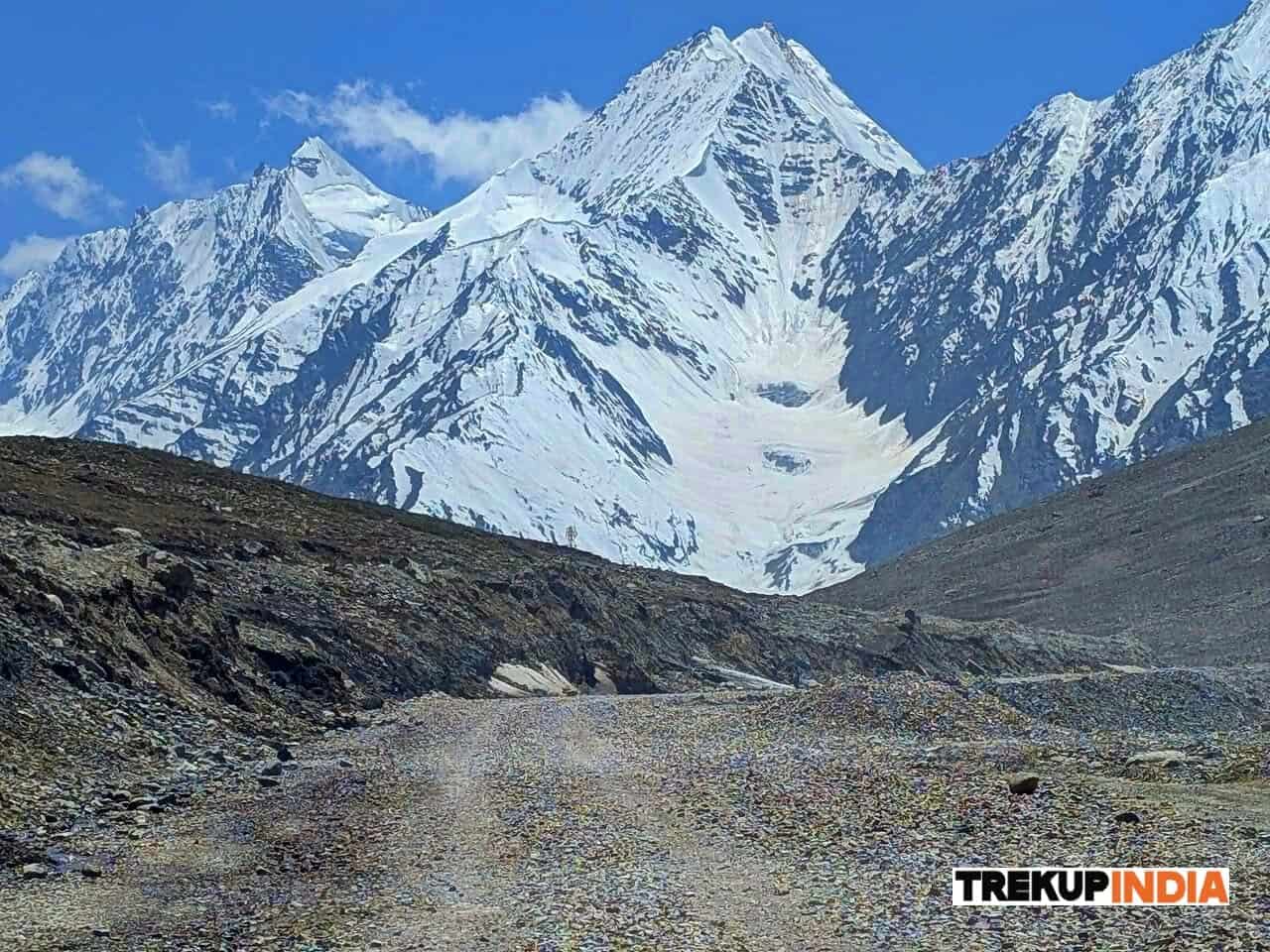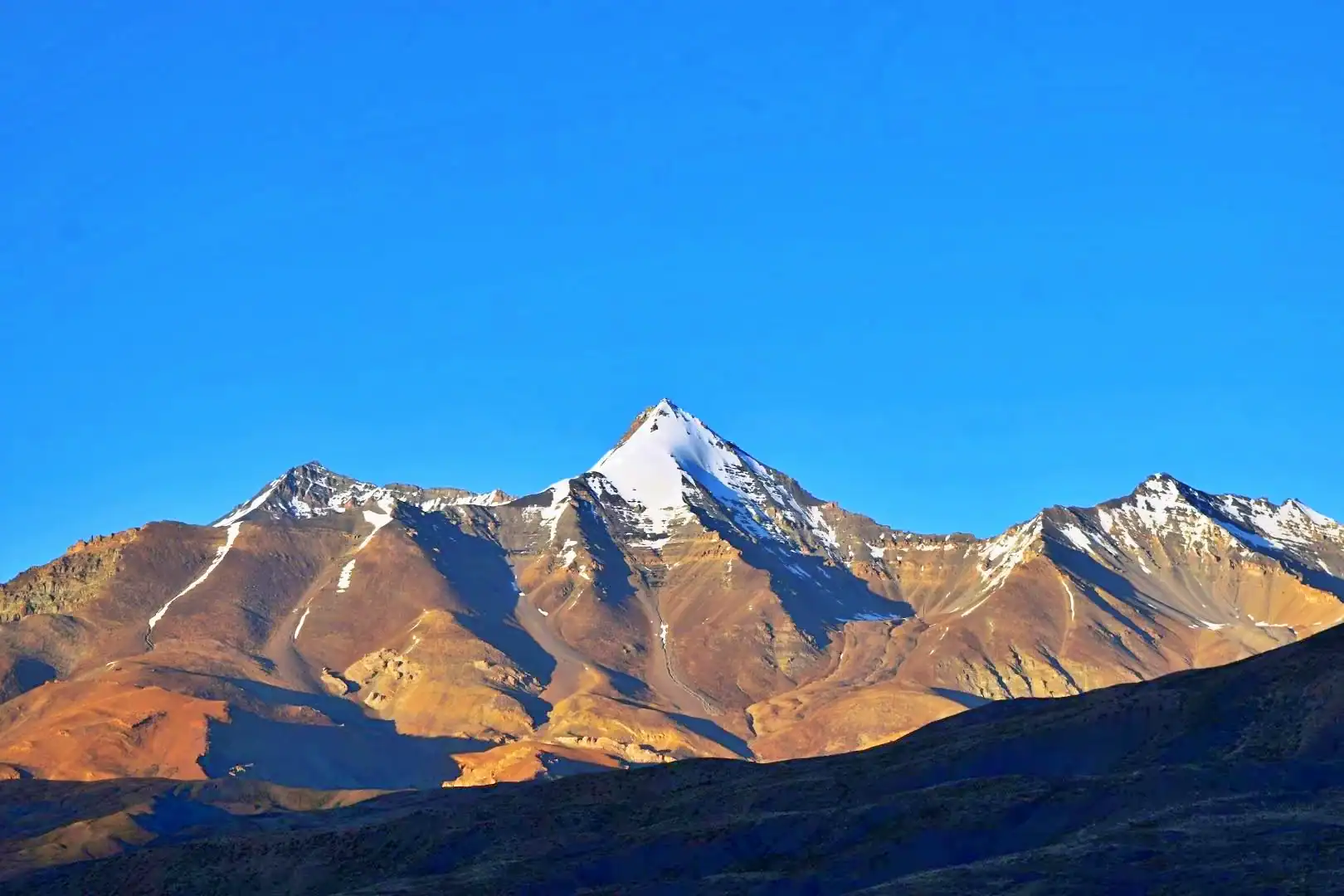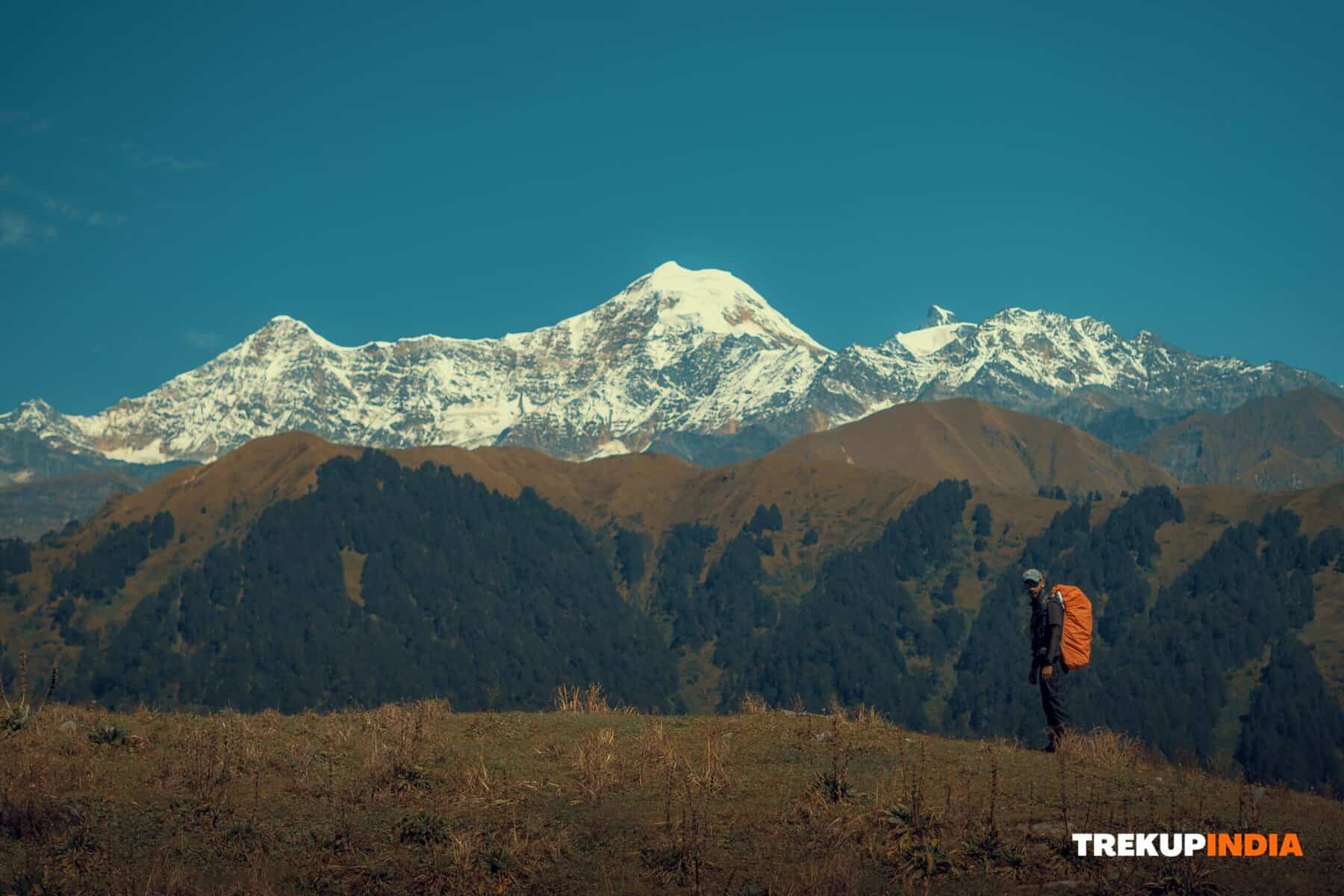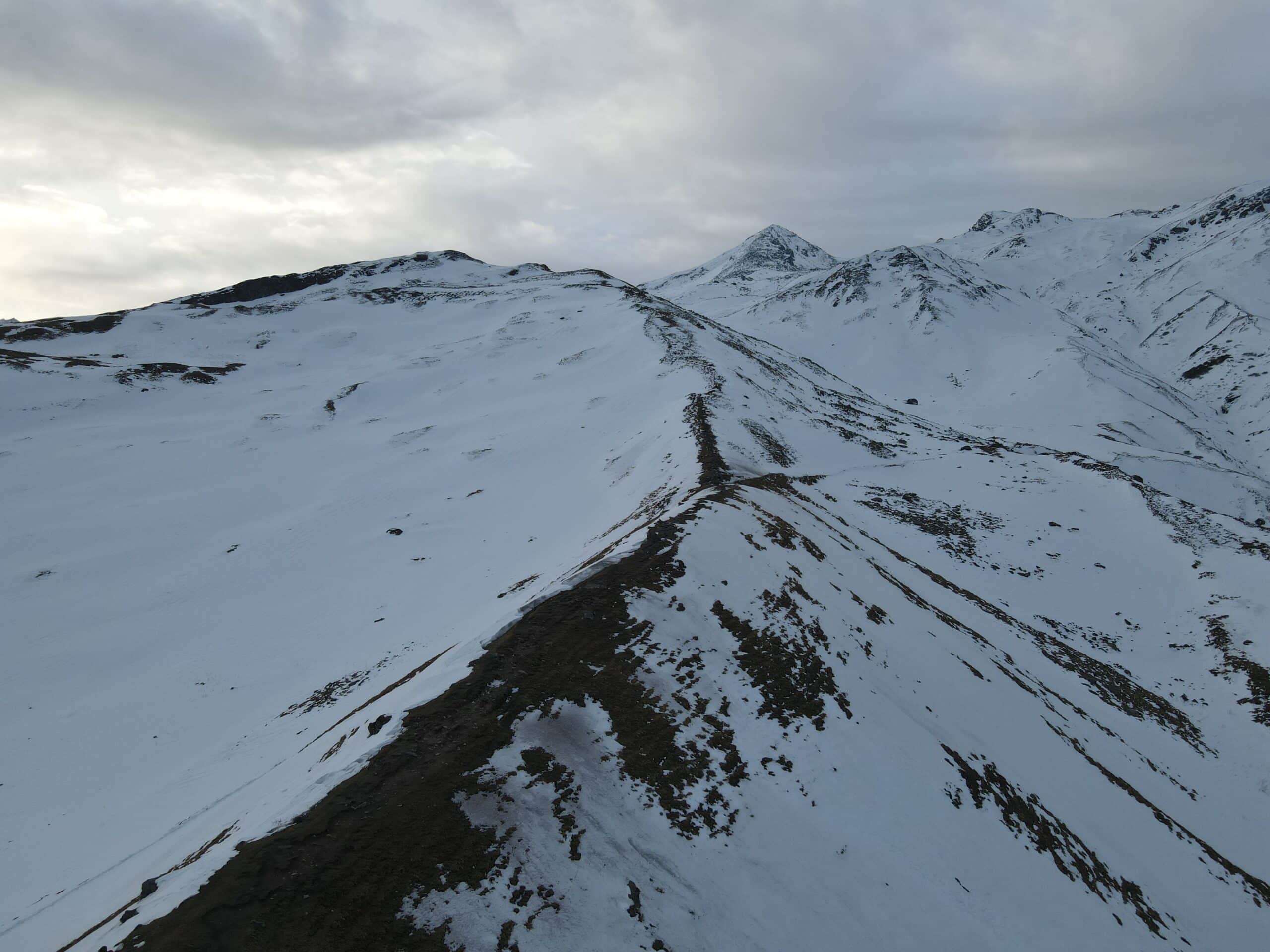Why Sustainable Trekking Needs To Be Focused
As the term suggests, sustainability refers to using natural resources in a way that does not harm the environment, ensuring that these resources are preserved for future generations. By practicing sustainability, we can help retain valuable resources for an extended period and prevent the depletion of the Earth’s finite supplies.
We, as consumers, directly rely on these resources for our daily needs. However, the alarming truth is that these resources are depleting at a rapid pace, with little regard for the long-term consequences.
The Himalayas, one of the most majestic mountain ranges in the world, provide us with an abundance of natural resources. Apart from being a global wonder of biodiversity, the region is also a hotspot for the trekking community, attracting adventurers and nature lovers from across the globe.
The Himalayas can be divided into three main sections:
Lesser Himalayas – These lower ranges are more accessible and commonly frequented by trekkers. They offer a blend of scenic beauty and cultural diversity.
Greater Himalayas – Home to the world’s highest peaks, including Mount Everest, these challenging terrains attract seasoned climbers.
Trans Himalayas – This northernmost section, with its remote landscapes and arid conditions, offers solitude and isolation for those seeking an off-the-beaten-path adventure.
Trekking is primarily done in the Lesser Himalayas and Trans Himalayas, particularly in the Leh Region, due to their diverse trails and captivating landscapes.
While the Himalayas continue to charm trekkers from all corners of the world, the growing influx of tourists has begun to take a toll on the environment. Overexploitation of natural resources, improper waste disposal, and unchecked development are causing irreparable damage to the region’s fragile ecosystem. The growing concern over the environmental impact of trekking in the Himalayas calls for a more sustainable approach to ensure the long-term preservation of these valuable natural resources.
This is why we at Trekup India have introduced the idea of sustainable trekking. By adopting eco-friendly and responsible practices, we can ensure that the natural beauty and resources of the Himalayas are preserved for future generations to enjoy. We believe that sustainable trekking not only enhances the experience but also contributes to the well-being of the environment and local communities.
Through our efforts, we aim to raise awareness about sustainable trekking practices, such as waste management, eco-friendly gear, and respecting local cultures and wildlife. We encourage trekkers to be mindful of their impact on the environment and actively participate in preserving the Himalayas for years to come.
Why Sustainable Trekking Needs To Be Focused
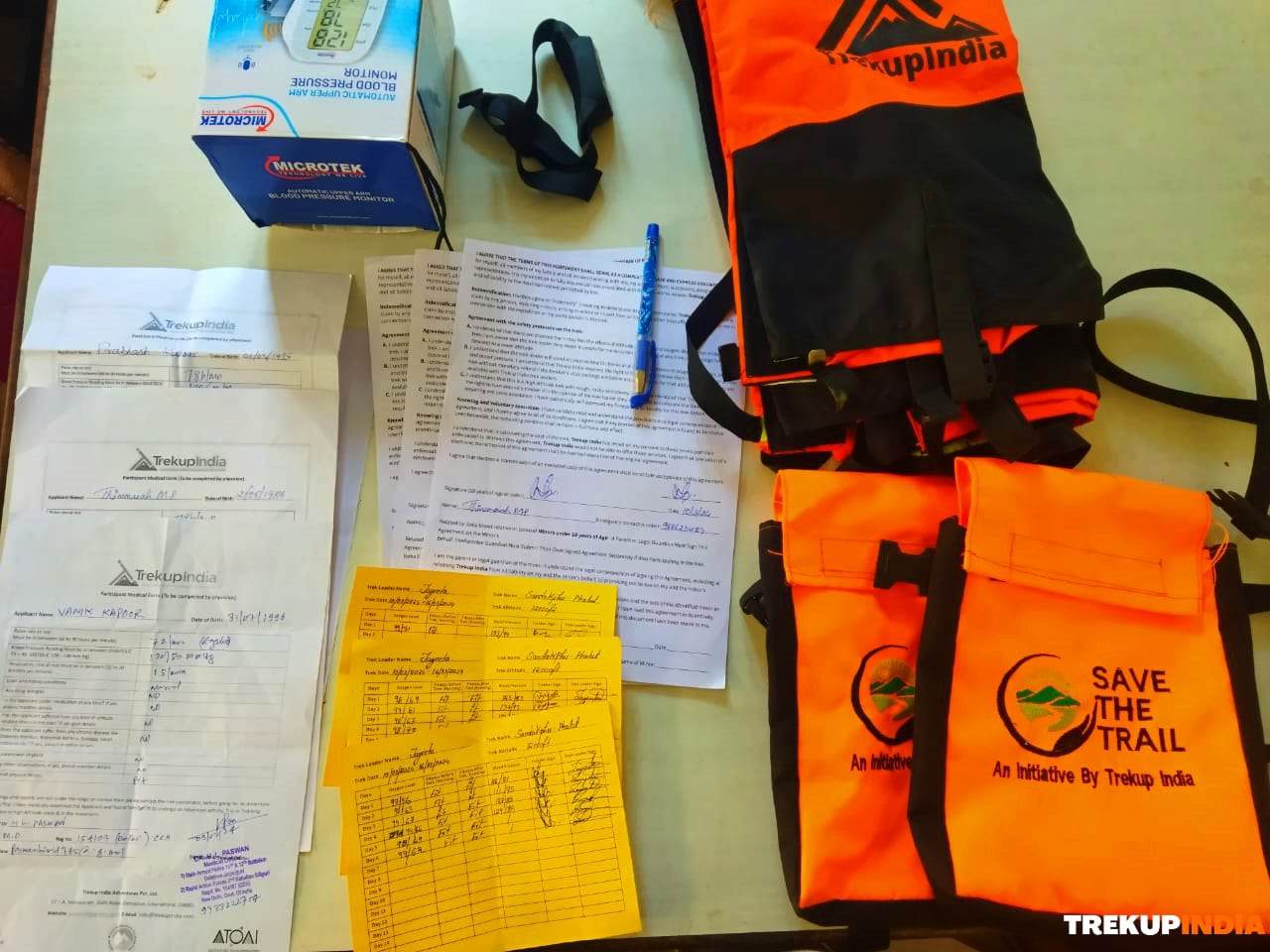
Always maintain the decorum of nature while trekking. Excessive noise can disturb the local wildlife, causing unnecessary stress to animals and disrupting their natural habitat. Trekking quietly not only enhances your own experience but also helps preserve the peaceful environment for the creatures that call it home.
Burning wood in the jungle can have severe environmental consequences. It contributes to pollution, destroys local flora, and encourages deforestation. To protect the ecosystem, it’s crucial to avoid such practices. Instead, opt for eco-friendly stoves or use pre-existing fire pits where allowed, and always ensure that your actions do not harm the surroundings.
Additionally, always stay on designated trekking trails. Moving off-route can cause soil erosion, disturb plant life, and increase the risk of getting lost. By respecting the established routes, you help protect the fragile ecosystem while also ensuring your own safety. Following these simple yet impactful guidelines ensures that we preserve the beauty of nature for future generations of trekkers.
Avoid using plastic rappers
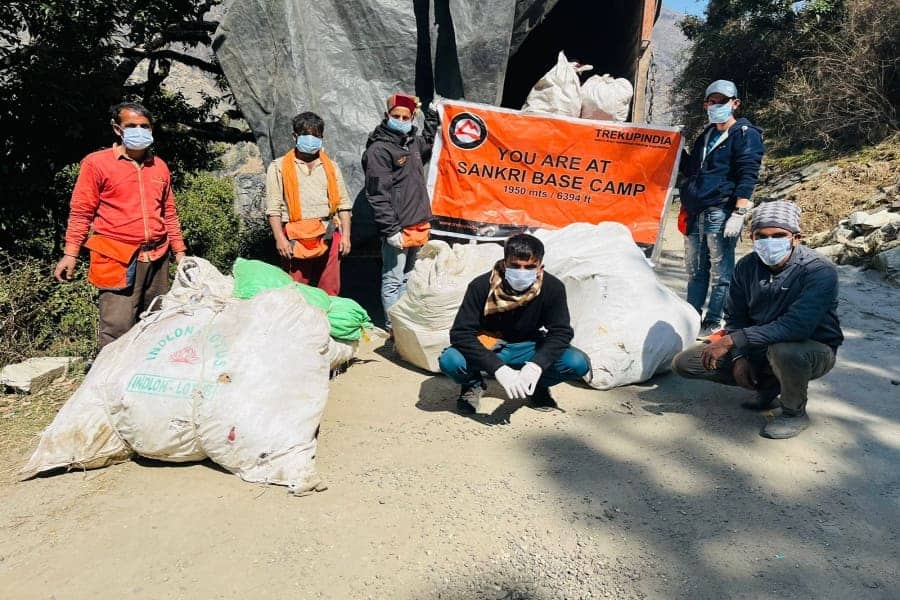
That’s an impressive and commendable effort by the Trekup India team! Collecting 462 kgs of plastic waste from the Kedarkantha Trek during the 2021 season is a significant achievement in preserving the beauty and health of the environment. It highlights the importance of taking responsibility for the waste we generate and the role each individual can play in making a positive impact.
At Trekup India, it’s clear that the focus is not only on providing unforgettable trekking experiences but also on ensuring that these experiences contribute to the well-being of nature. Removing plastic waste from trekking trails not only keeps the trails beautiful but also protects wildlife and ecosystems that are often affected by pollution.
This kind of initiative can inspire others to take action and raise awareness about the importance of sustainability and waste management in trekking and outdoor activities. It’s a great reminder that every trekker’s actions can make a real difference. Keep up the great work!
Always carry a Kiwi bag for disposing of items like toffee wrappers and other small trash. Never throw these wrappers on the trail, as plastic is a major environmental threat. It takes centuries to decompose, leaving a lasting impact on nature and wildlife. By ensuring that all waste is properly collected, you can play a role in protecting the environment.
At Trekup India, we are deeply committed to sustainability and environmental consciousness. As part of our efforts to keep nature clean, we provide SAVE THE TRAIL BAGS to all our trekkers. These bags allow you to carry your waste with you and dispose of it properly at designated areas at our Trekup India campsites. By doing this, we can ensure that the trails remain pristine, free from litter, and that our trekkers contribute positively to preserving the beauty of the mountains.
Be a responsible Trekker
A responsible trekker is not just someone who enjoys the adventure of the trails but also someone who is deeply committed to preserving the environment and promoting sustainability. Being an eco-conscious trekker means:
Leading by Example: Always carrying back your own waste, using eco-friendly products, and minimizing your carbon footprint.
Respecting Nature: Understanding the delicate ecosystems of trekking regions like the Himalayas and making sure to leave no trace. This includes staying on marked trails, avoiding disturbing wildlife, and minimizing noise pollution.
Promoting Sustainable Practices: Encouraging fellow trekkers to make mindful choices, such as using reusable water bottles, packing light to reduce waste, and refraining from using plastic during treks.
Educating Others: Sharing the importance of preserving the natural beauty of trekking regions with others, inspiring them to become conscious of their environmental impact.
Supporting Eco-Friendly Initiatives: Participating in or supporting organizations and programs that work towards cleaning up trails and protecting mountain ecosystems, like Trekup India’s efforts to collect plastic waste from treks.
By being a responsible trekker, you’re not just taking part in a personal adventure—you’re helping to preserve the very landscapes and ecosystems that make trekking so special. It’s about creating a sustainable future for trekking and ensuring that the beauty of nature can be enjoyed by future generations.
Never pollute the river
Rivers in mountainous regions are vital sources of water for both local communities and trekkers. They play an essential role in the ecosystem, supporting both flora and fauna. Polluting these rivers not only jeopardizes the environment but also harms wildlife and disrupts the delicate balance of nature.
As responsible trekkers, it’s crucial to:
Avoid Polluting Rivers: Never throw garbage, waste food, or any harmful substances into rivers. Even small actions, like washing dishes with soap, can contaminate the water and harm aquatic life.
Use Eco-friendly Products: When trekking, use biodegradable soaps, shampoos, and detergents that are safer for the environment, especially when you’re near water sources.
Carry Waste Back: Always pack out any trash, wrappers, and food waste. Make use of the “Save the Trail” bags or other eco-friendly options provided by organizations like Trekup India. These bags help you keep your waste until you reach a designated disposal area.
Respect the Ecosystem: Understand that rivers are not just water sources for humans, but they also support local wildlife and plant life. Polluting them with plastic or food waste disrupts this critical link in the ecosystem.
By being mindful of our actions, we ensure that these natural resources remain clean and abundant for future generations, preserving the beauty of the mountains and their ecosystems.
Promote and respect Himalayan culture
Trekking in the Himalayas offers a unique opportunity to experience the region’s rich culture and traditions. Trekkers can enjoy local foods like dal bhat, momo, and thukpa, which are designed for energy and warmth in harsh conditions. The trek also gives insight into how mountain communities survive through traditional techniques, farming, and spirituality despite extreme environments. You’ll learn about local customs, witness sacred ceremonies, and discover sustainable living practices. Trekking in the Himalayas not only challenges the body but also connects you deeply with the people and the land, offering a lasting cultural experience.
About Author

Adhish (Head Of Mountain Experts)
Adhish was born and brought up in the Pauri Garhwal region. Since childhood, he has had an inclination towards Mountains. To fulfil this dream, Adhish did his Basic mountaineering Courses from Nehru institute of mountaineering, Advance mountaineering courses from Himalayan mountaineering institute Darjeeling and Skiing courses from ABVIM Manali. He has done various expeditions in the Himalayan region. And his love for mountains and adventure is never-ending. Make sure to get detailed help related to the Himalayan trek from him.




